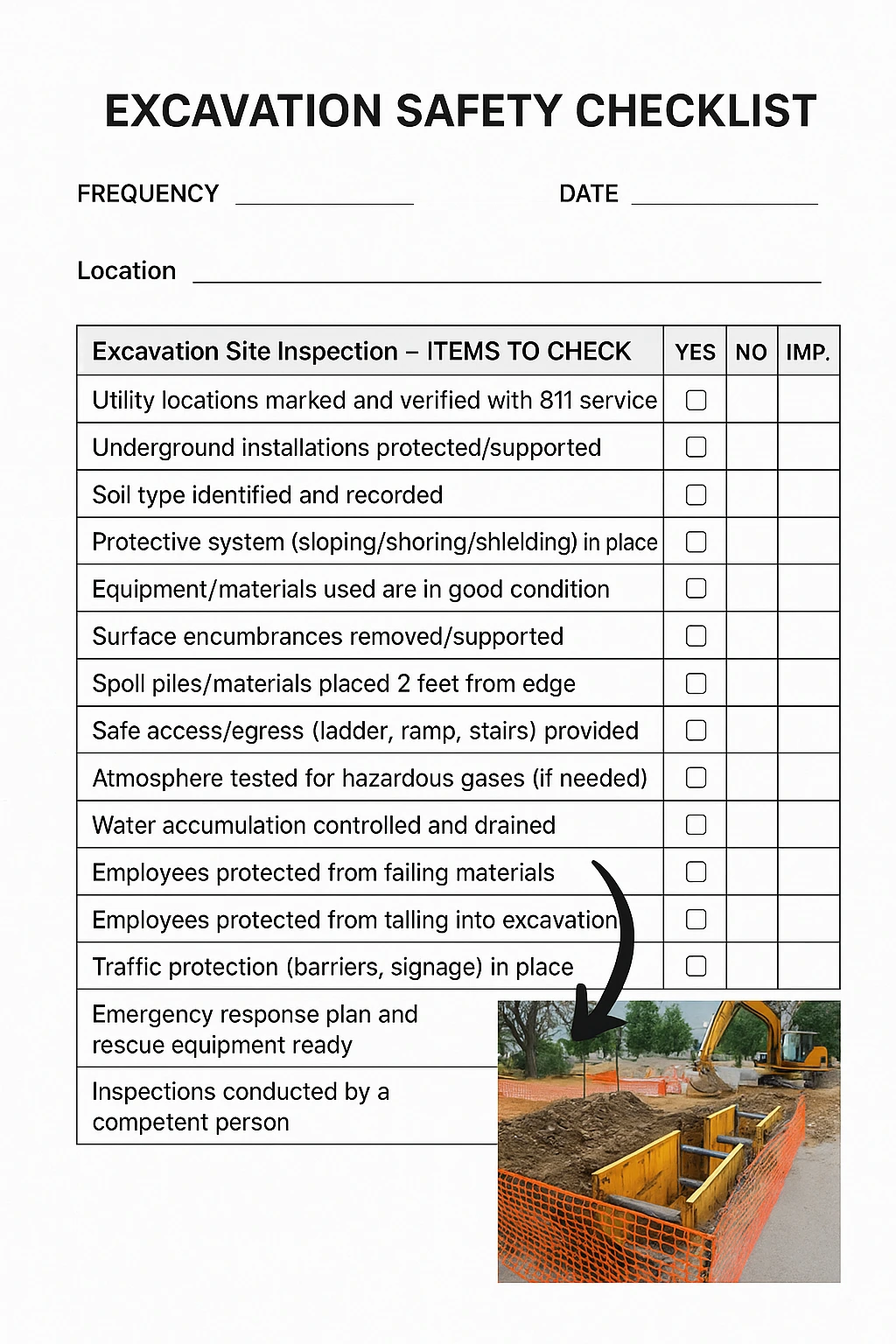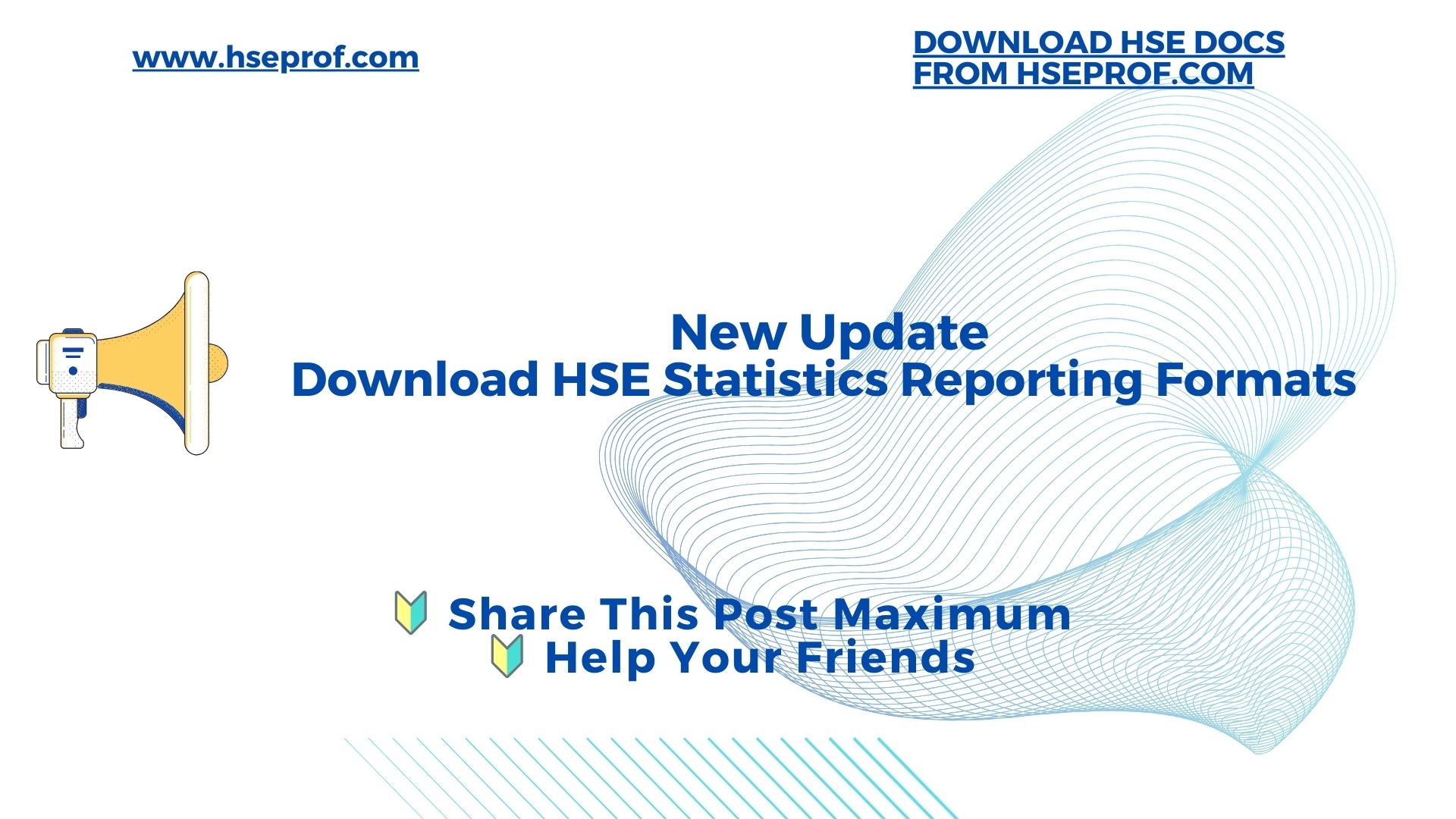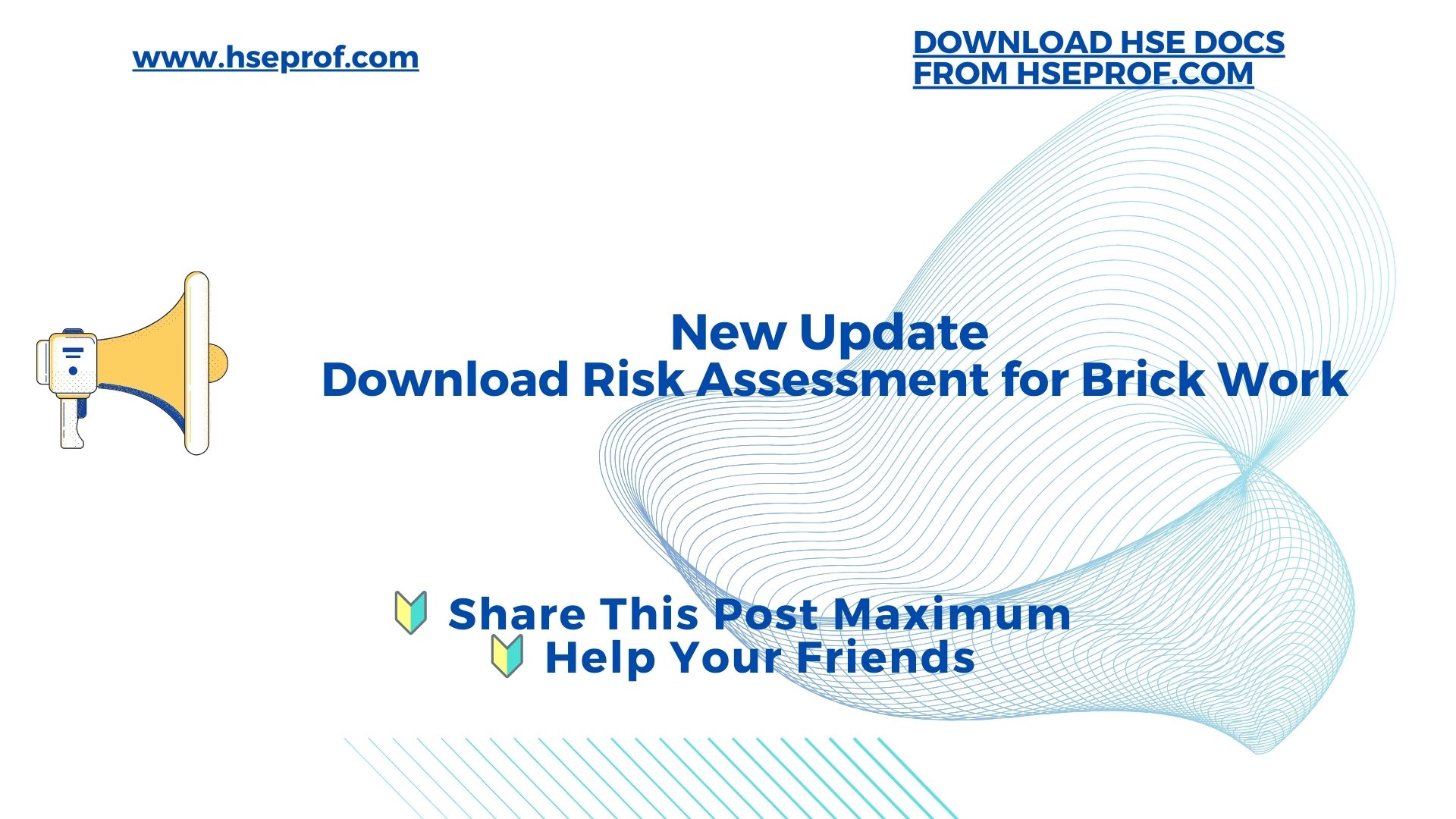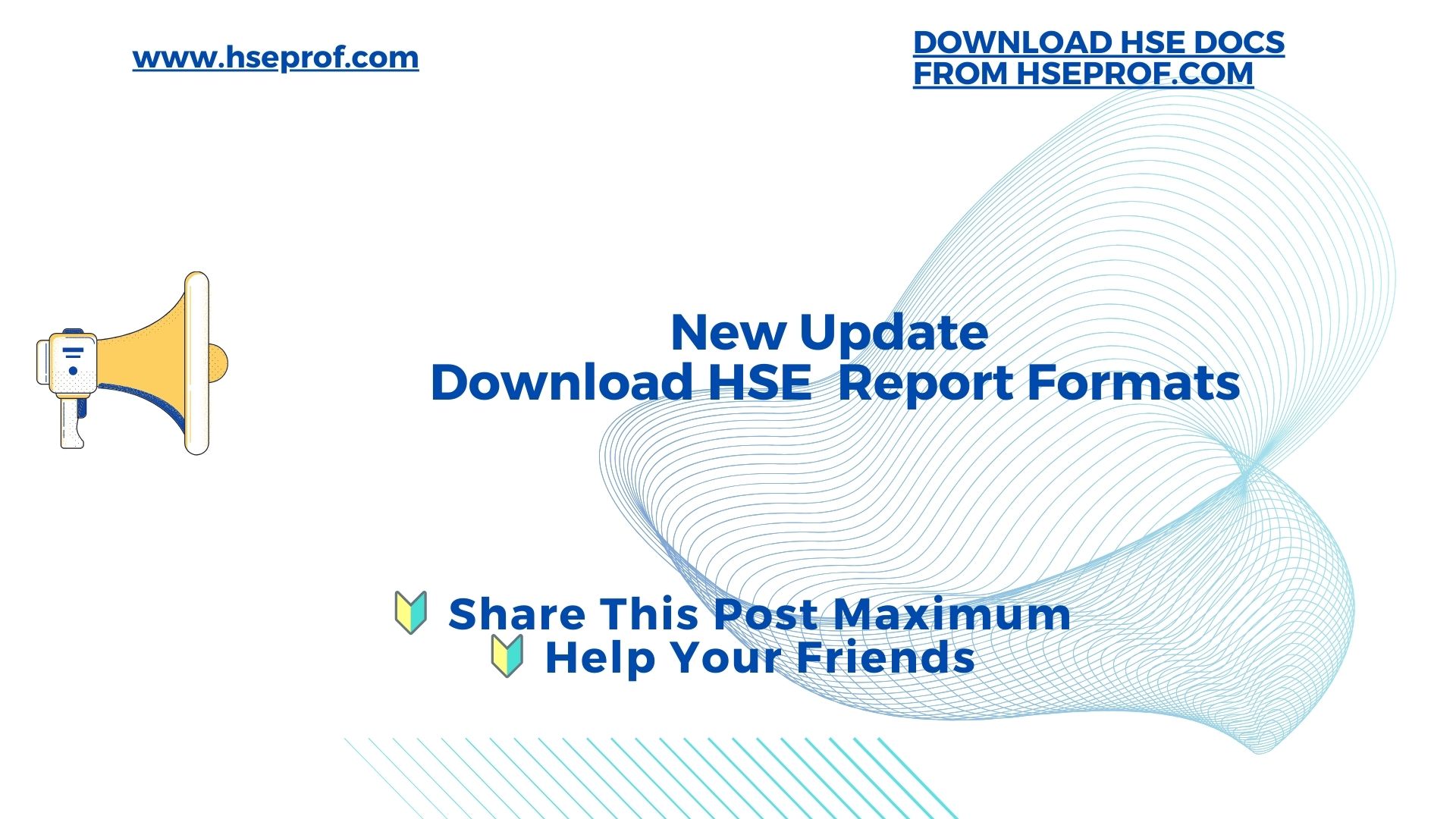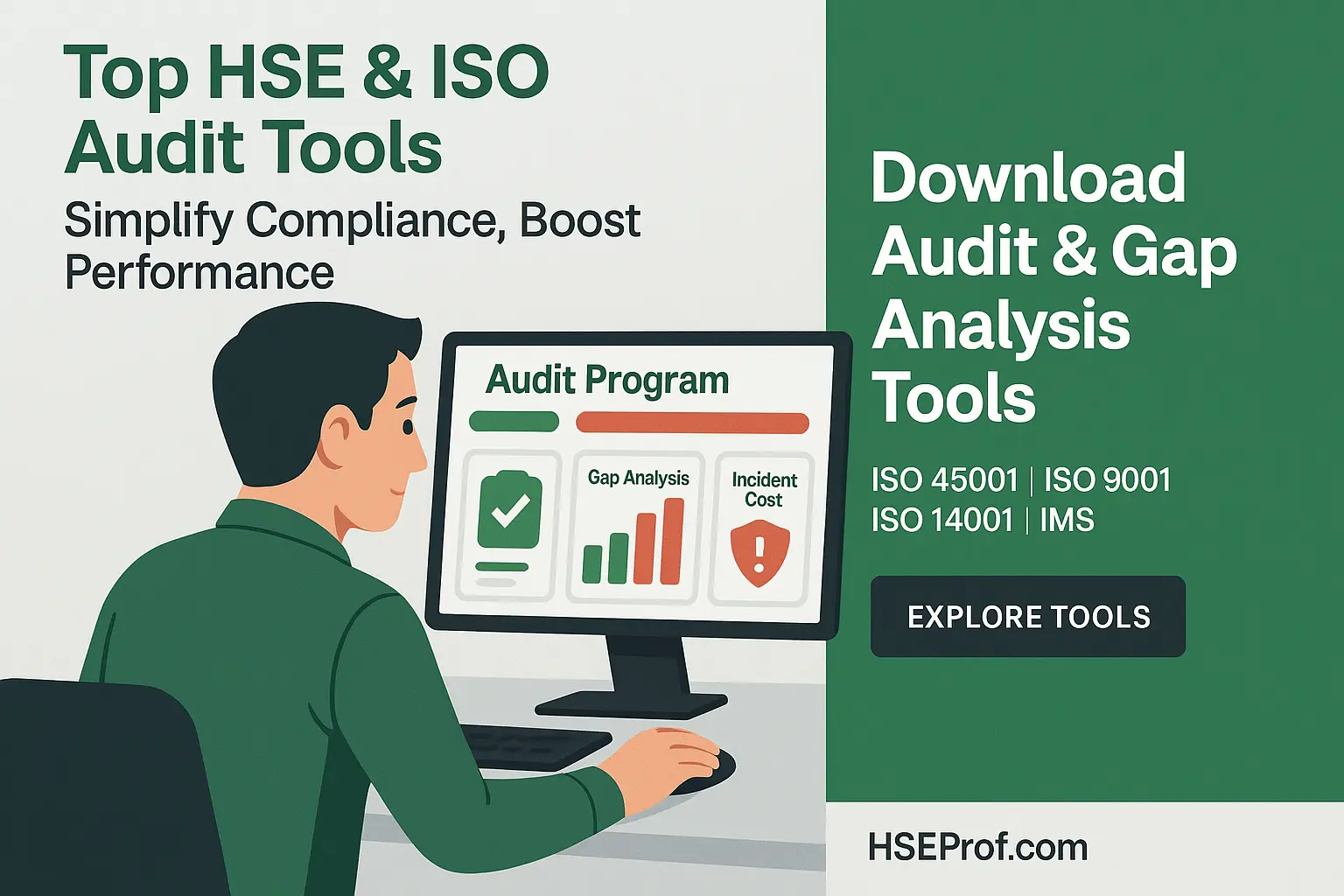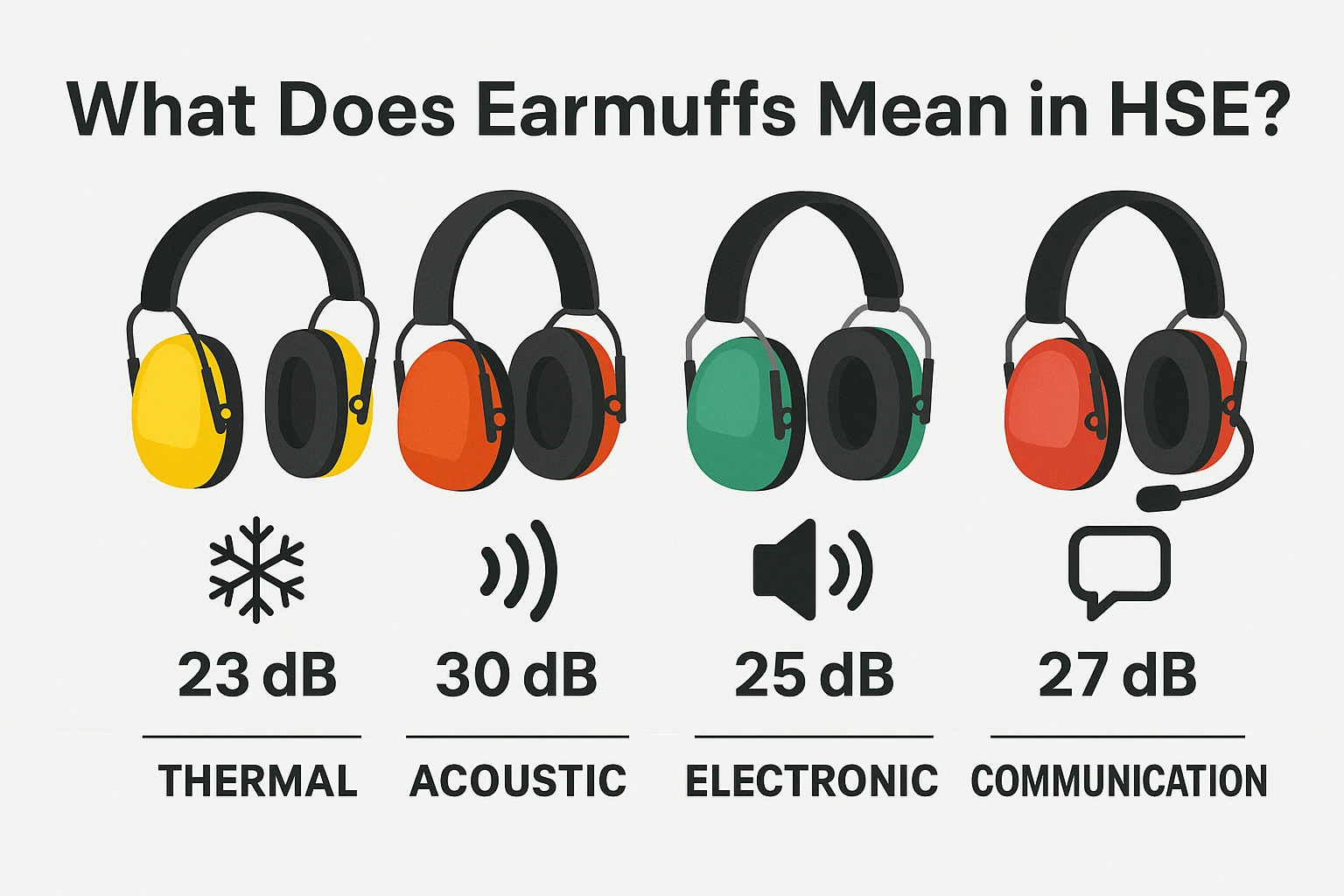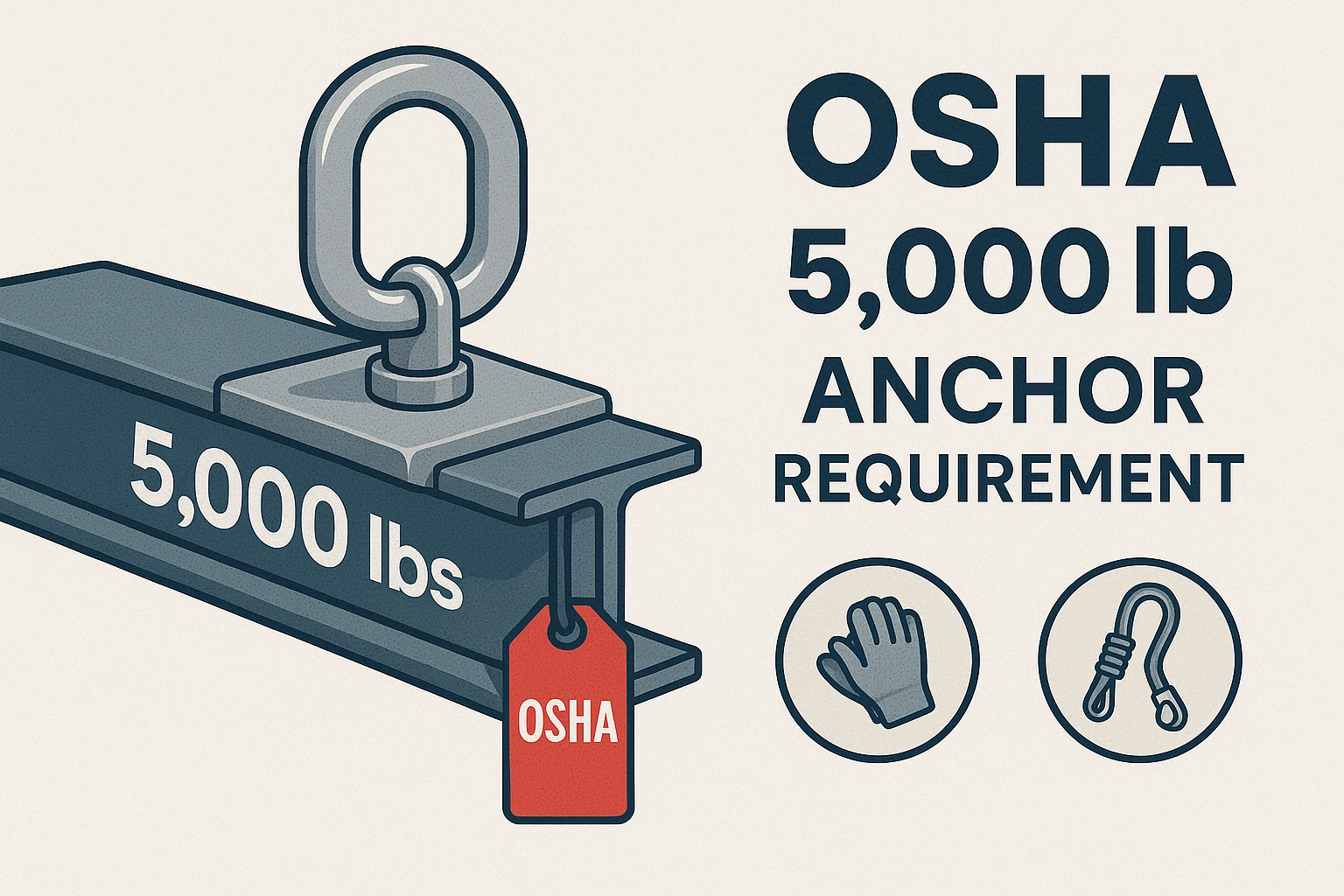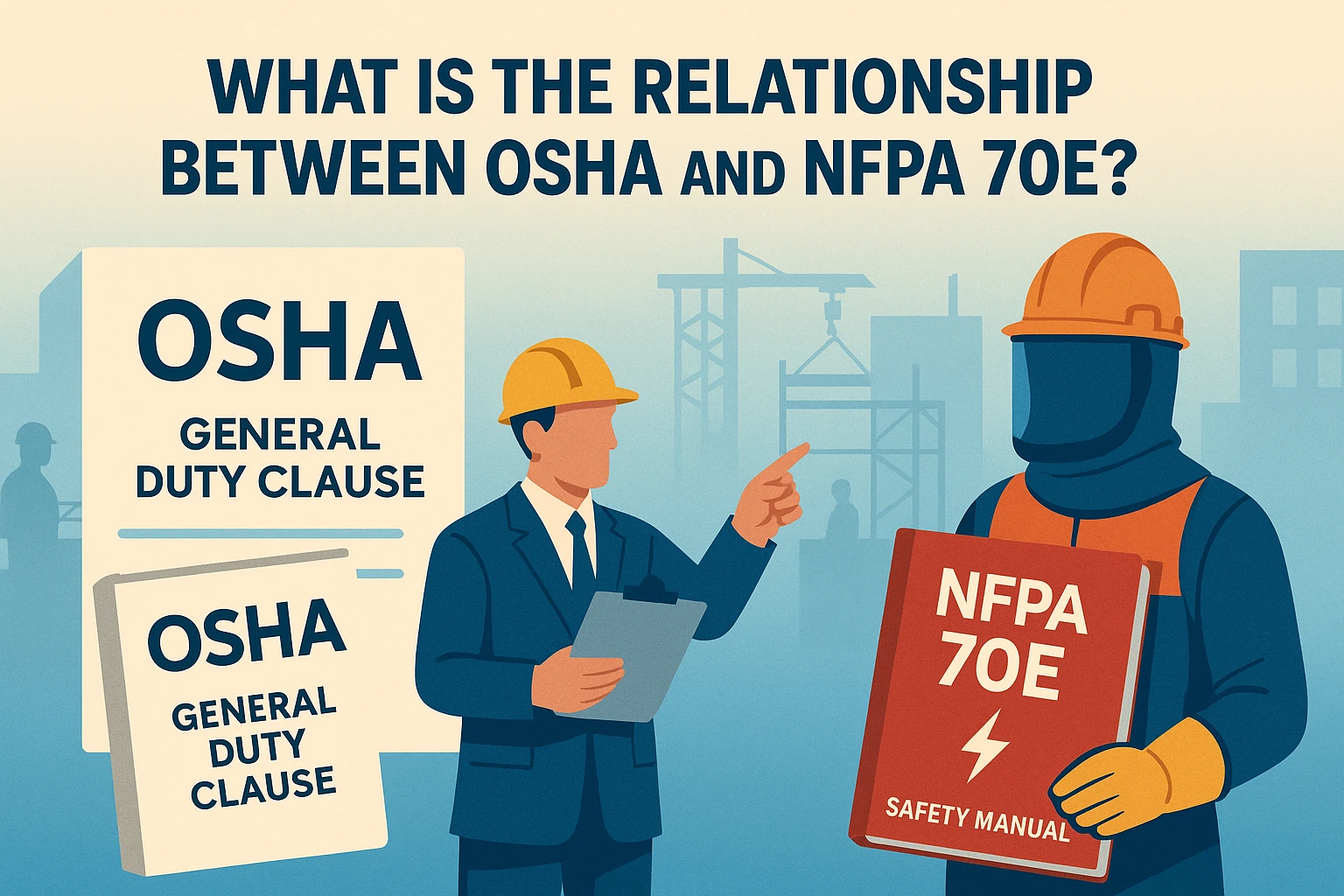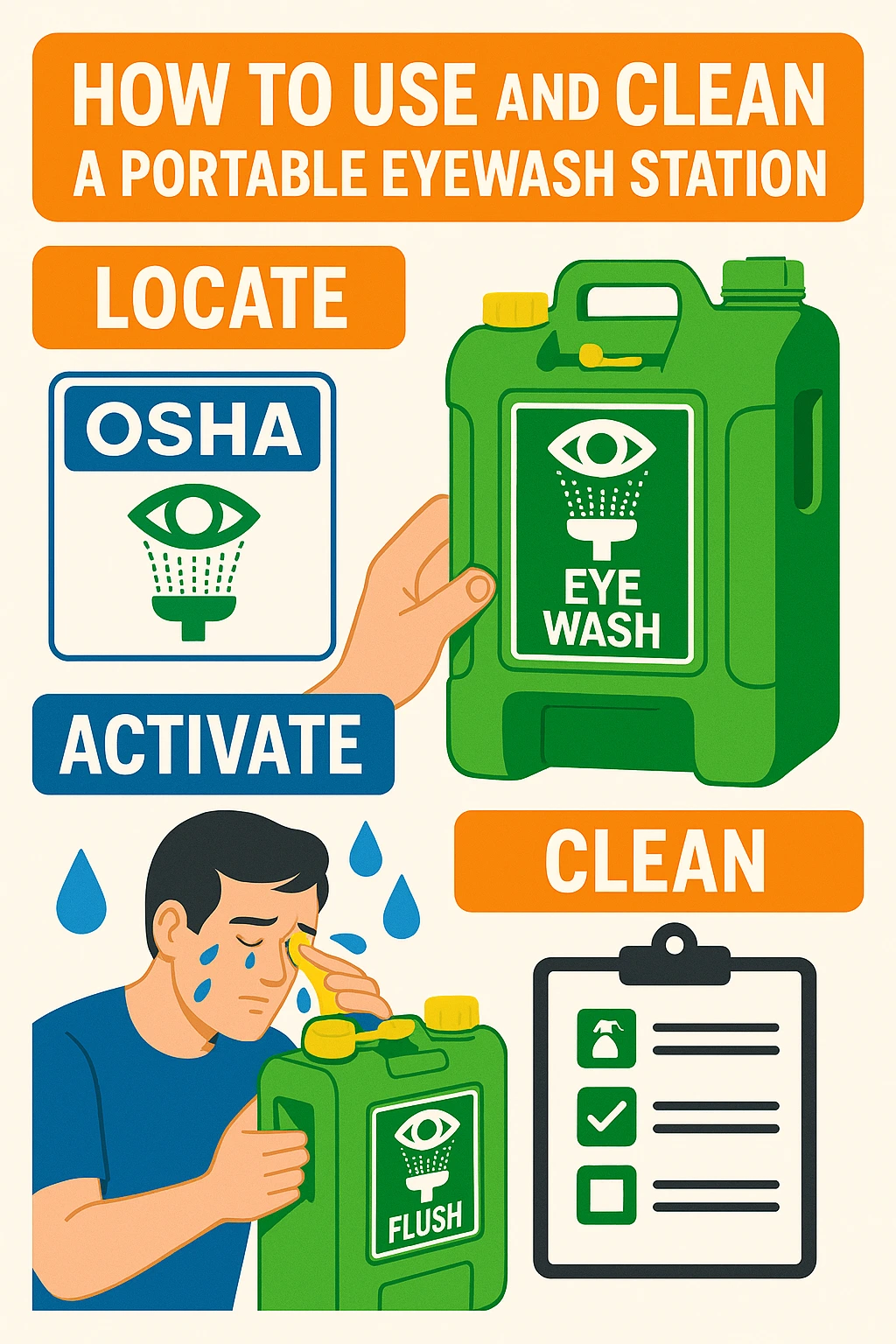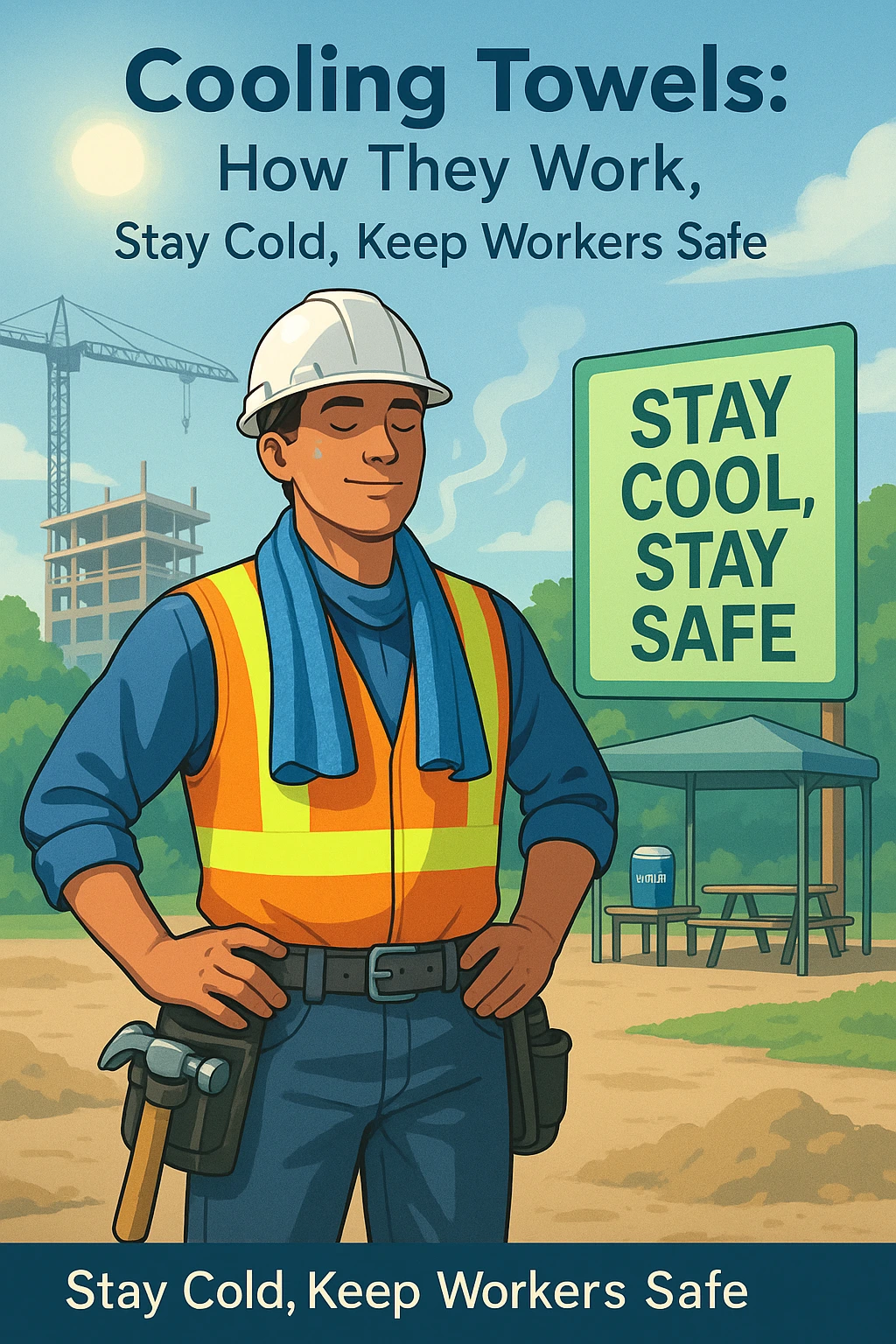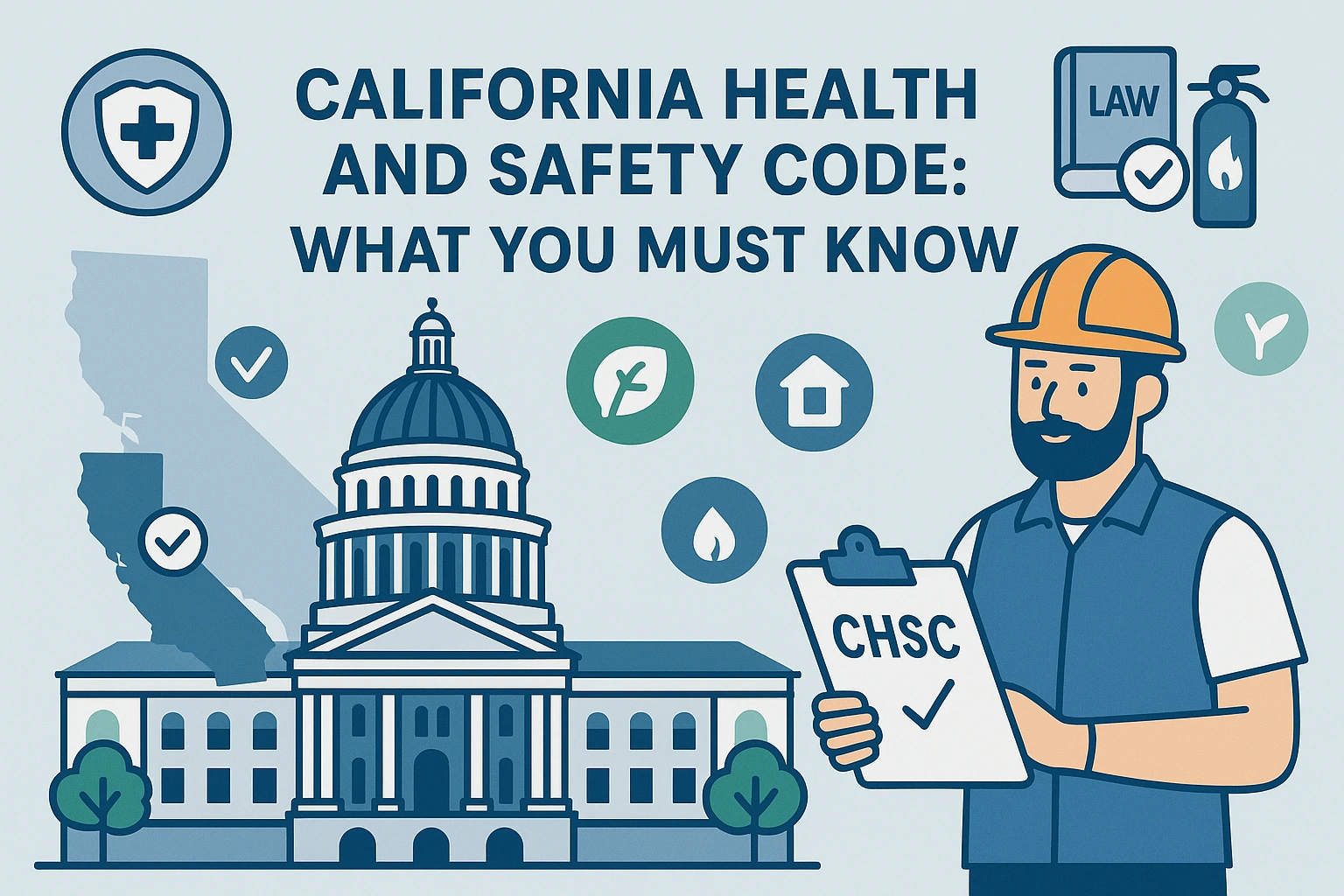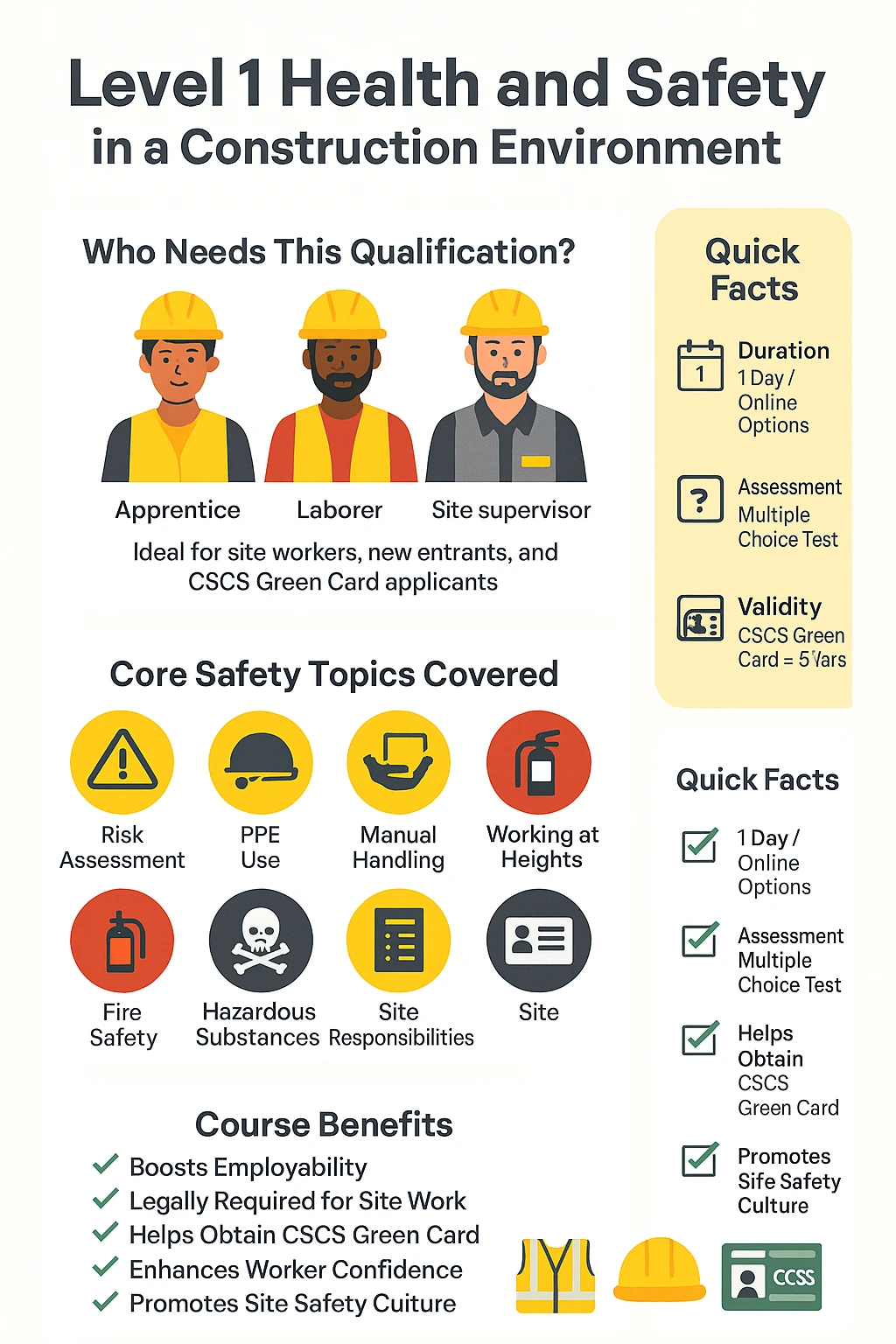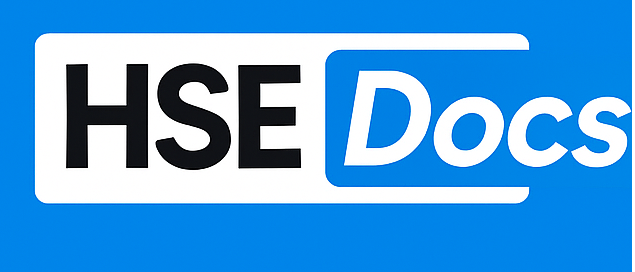In construction, every inch beneath the surface hides both opportunity and risk. Excavation Safety Checklist — it’s more than a compliance tool; it’s a lifeline for workers, supervisors, and safety professionals on-site. Whether you’re trenching for utility lines or digging foundations for a new skyscraper, one overlooked hazard can lead to collapse, injury, or worse.
This comprehensive guide not only explains what goes into an effective Excavation Safety Checklist, but also answers two critical questions that professionals ask again and again:
- What are the safety requirements for excavation?
- What is the 5 4 3 2 1 excavation rule?
And if you’re here for the free, downloadable Excavation Safety Checklist in MS Word format, scroll to the bottom or click the link in the table of contents below.
📑 Table of Contents for Excavation Safety Checklist Post
- Why Excavation Safety Matters
- What Are the Safety Requirements for Excavation?
- The 5 4 3 2 1 Excavation Rule Explained
- Essential Items in an Excavation Safety Checklist
- Who Needs the Checklist — And When?
- Common Excavation Hazards You Must Include
- Tips to Implement the Checklist On-Site
- Download: Excavation Safety Checklist in MS Word
- Final Words: Complacency is the Real Danger
1. Why Excavation Safety Matters
According to OSHA, excavation-related fatalities remain one of the most preventable yet persistent issues in construction safety. Collapsing walls, falling objects, suffocation, and underground utility strikes are common — but almost entirely avoidable.
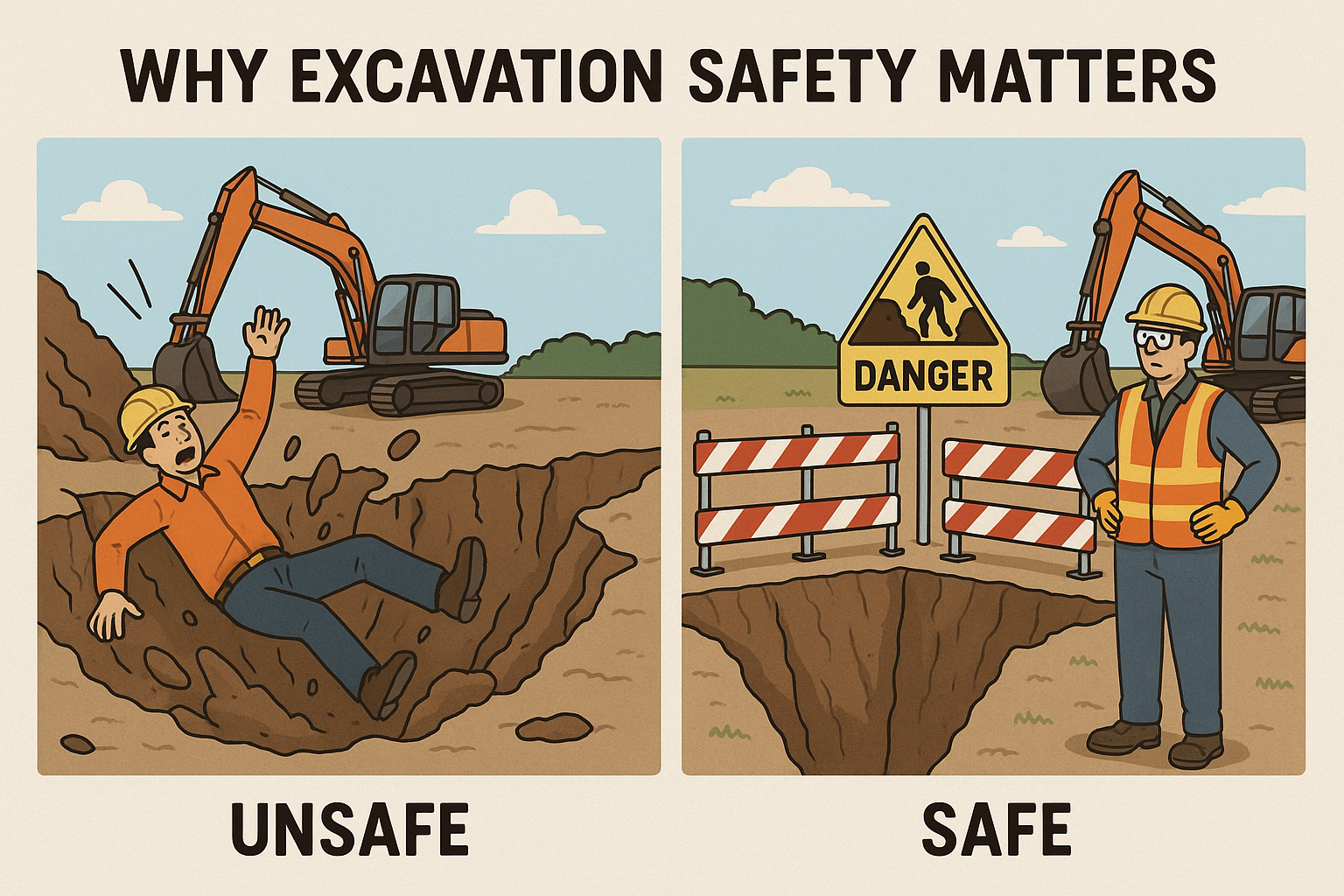
An Excavation Safety Checklist:
- Helps prevent trench collapses
- Ensures proper PPE is used
- Keeps crews compliant with federal, local, and company standards
- Reduces downtime caused by preventable incidents
2. What Are the Safety Requirements for Excavation?
Great question — and one every safety officer should know cold.
OSHA’s standard 29 CFR 1926 Subpart P outlines the core requirements. Here’s a breakdown:
✅ General Excavation Requirements
- Daily inspections must be performed by a competent person before and during work.
- Protective systems are required for any trench deeper than 5 feet unless made entirely of stable rock.
- Access and egress must be within 25 feet of lateral travel for trenches over 4 feet deep.
- Utilities and underground installations must be located before digging.
- Spoil piles must be kept at least 2 feet from trench edges.
- Surface hazards such as falling loads or traffic must be addressed.

3. The 5 4 3 2 1 Excavation Rule Explained
The 5-4-3-2-1 excavation rule is an easy-to-remember guideline used by many in the construction industry to highlight excavation safety essentials.
- 5 – Check every trench over 5 feet deep for required protective systems.
- 4 – Provide safe access and egress for trenches over 4 feet deep.
- 3 – Keep 3 feet clearance from any edge where mobile equipment operates.
- 2 – Maintain 2 feet distance for spoil piles from the edge of excavation.
- 1 – At least 1 competent person must inspect the trench daily and as conditions change.
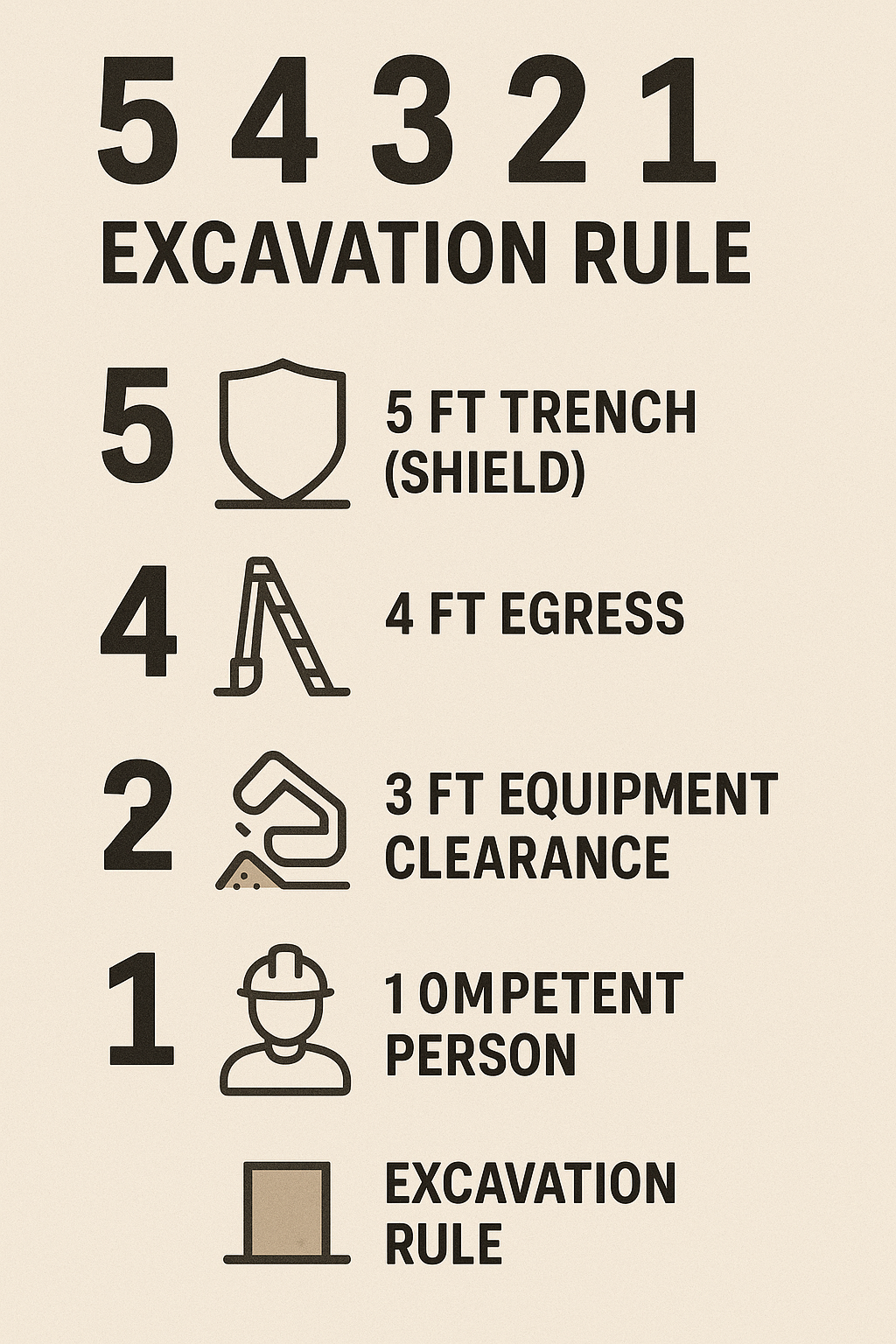
4. Essential Items in an Excavation Safety Checklist
Every Excavation Safety Checklist should cover physical conditions, personnel, protective systems, and equipment. Here’s what a well-structured checklist includes:
✔️ Pre-Digging Preparations
- Site-specific risk assessment completed
- Underground utilities located and marked
- Soil classified
- Weather conditions reviewed
✔️ Protective Systems
- Trench depth checked
- Sloping, benching, shielding, or shoring in place
- Protection method matches soil type
✔️ Access and Egress
- Ladders or ramps installed for trenches deeper than 4 feet
- Egress placed every 25 feet
- Access areas are free of obstructions
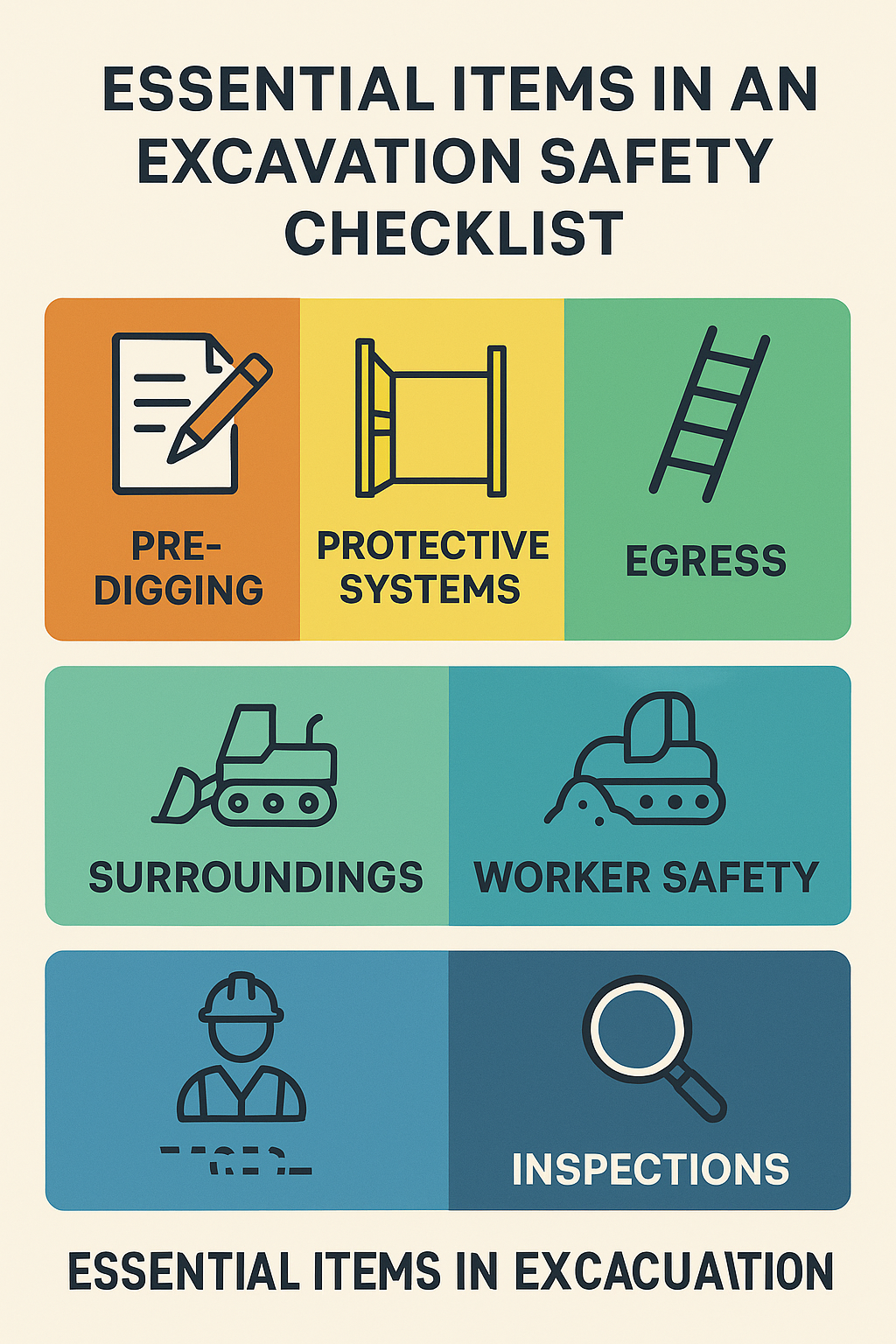
✔️ Surrounding Area
- Spoil piles at least 2 feet from edge
- Safe mobile equipment operations
- Warning signs and barricades in place
✔️ Worker Safety
- Workers trained in excavation safety
- Proper PPE usage
- Flaggers or observers on-site
✔️ Inspections
- Daily inspection performed
- Inspection logs available
- Conditions reassessed after any change
5. Who Needs the Checklist — And When?
🏗️ Roles That Must Use the Checklist
- Safety officers
- Site supervisors
- Foremen
- Engineers
- Contractors
- Subcontractors
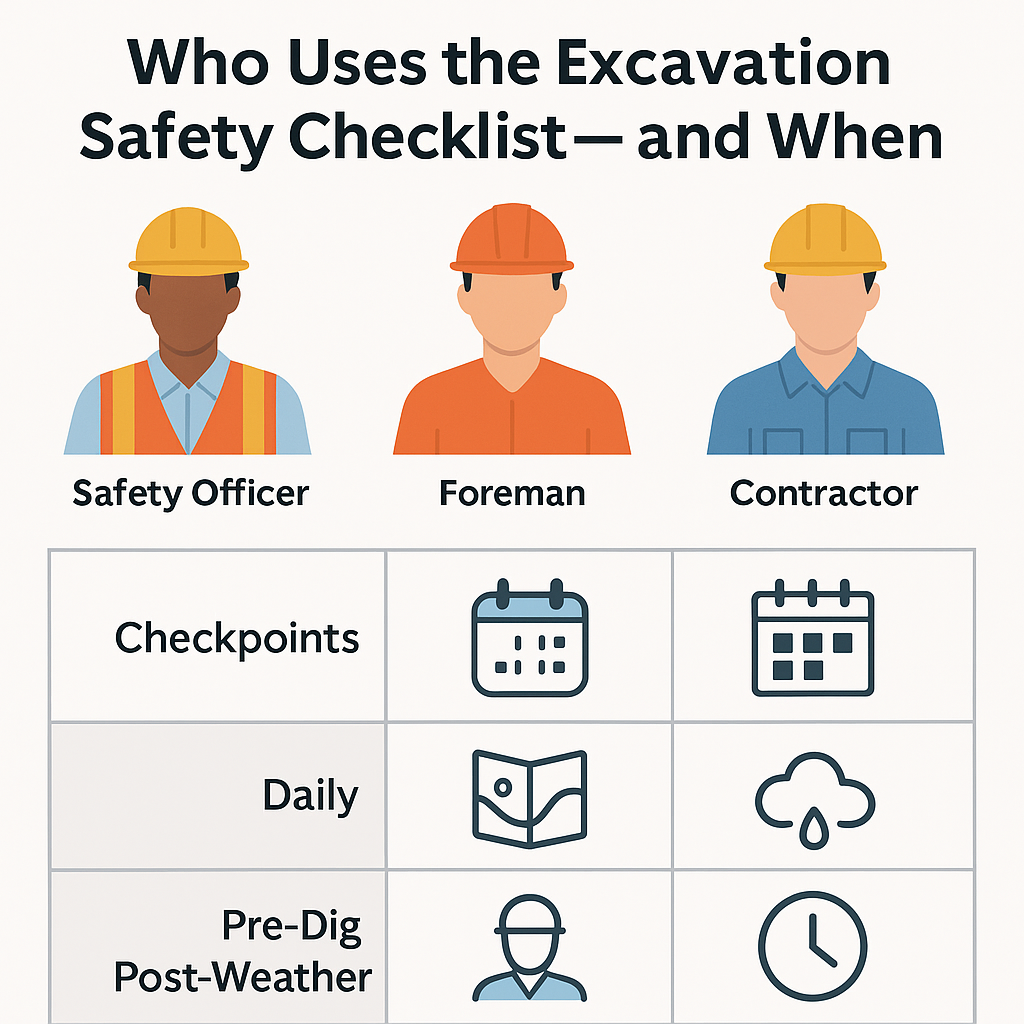
🕒 When to Use It
- Before excavation begins
- Daily before the shift starts
- After weather or soil condition changes
- When new hazards appear
- During close-out inspections
6. Common Excavation Hazards You Must Include
| Hazard | Description |
|---|---|
| Cave-ins | Trench wall collapses due to soil failure or pressure |
| Falls | Workers or equipment falling into trench |
| Struck-by incidents | Falling tools, materials, or debris |
| Hazardous atmospheres | Low oxygen or toxic gases underground |
| Utility strikes | Damage to buried gas, water, or electric lines |
| Flooding | Rainfall or broken mains causing water entry |
| Vibration | Nearby heavy equipment compromising trench walls |
7. Tips to Implement the Checklist On-Site
- Brief the Crew: Include the checklist in daily toolbox talks.
- Use Visual Aids: Post laminated versions on fences or trailers.
- Make It Dynamic: Re-check after weather changes or new hazards.
- Empower the Competent Person: Ensure they’re qualified and responsive.
- Go Digital: Use checklist apps and keep a hard copy backup.
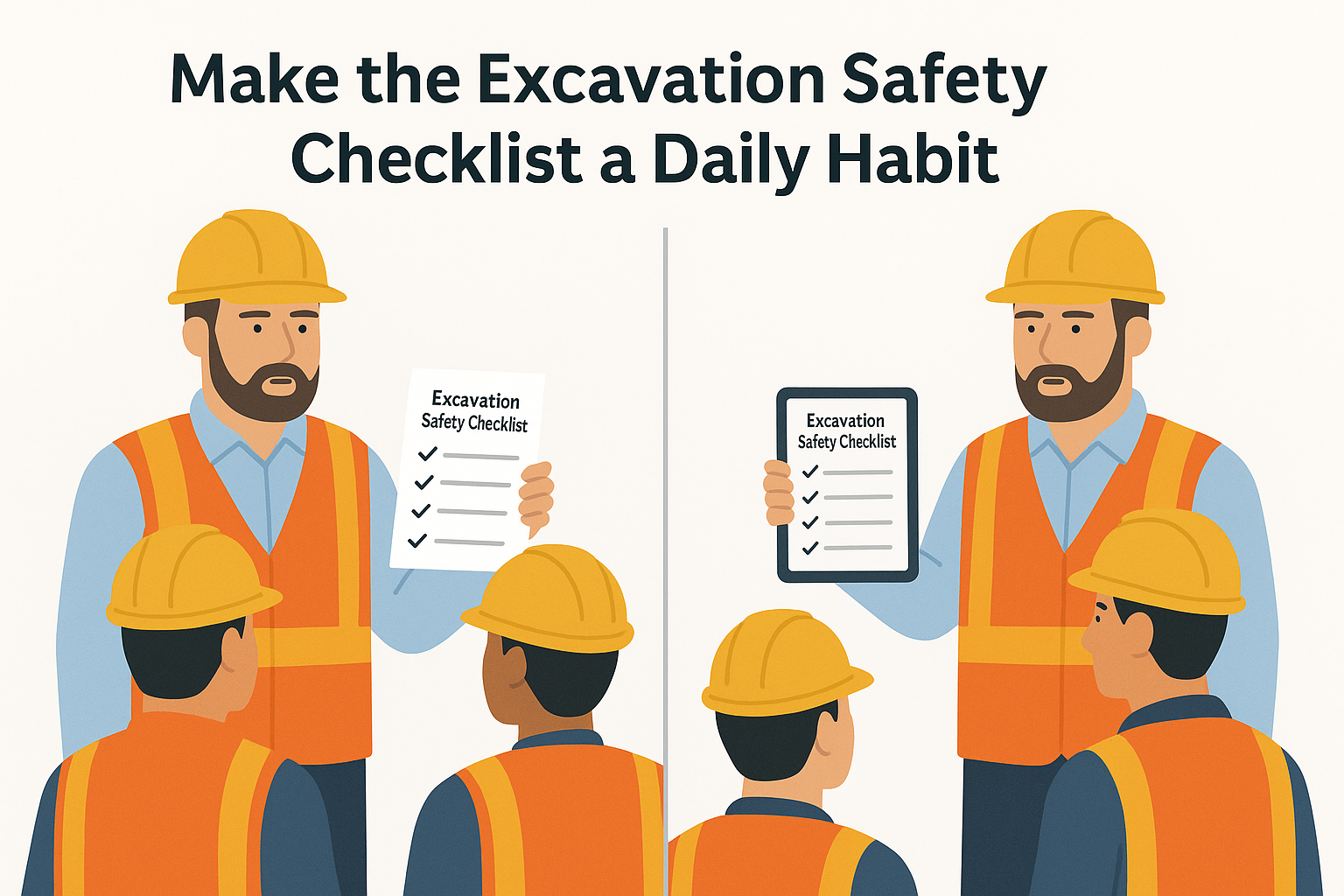
8. 🔽 Download: Excavation Safety Checklist in MS Word
Click here to download the Excavation Safety Checklist in MS Word format
What’s inside:
- Daily inspection checklist
- Protective system verification
- Access and egress review
- Environment & equipment checks
- Competent person log
9. Final Words: Complacency is the Real Danger
The Excavation Safety Checklist isn’t just paperwork. It’s a proactive step toward protecting lives and avoiding preventable tragedies. When in doubt — inspect. When uncertain — pause. A second of caution can save a life.
Managed by the LinkedIn HSE Professionals Page, this platform supports safety officers, auditors, and managers worldwide. With a network of 340,000+ professionals, we deliver expertly crafted HSE templates, checklists, and tools to help organizations meet OSHA, ISO, and GCC safety standards.
